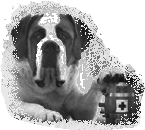Introduction
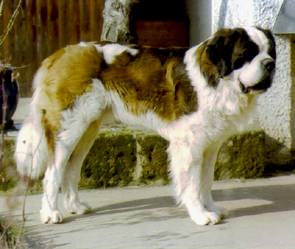
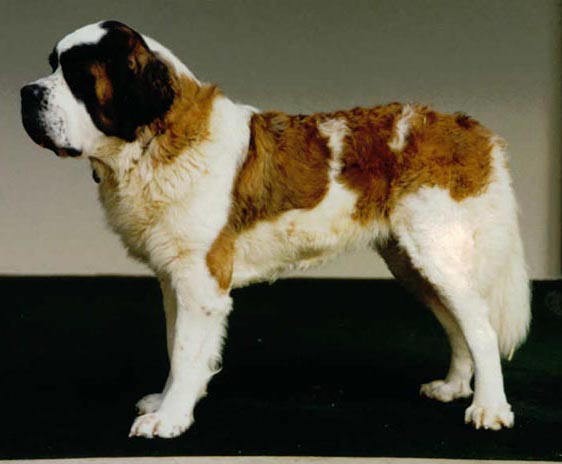
Longhair male Longhair female
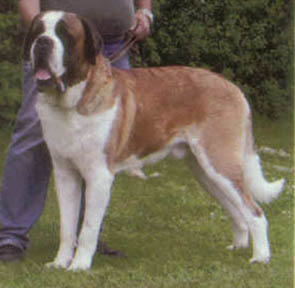
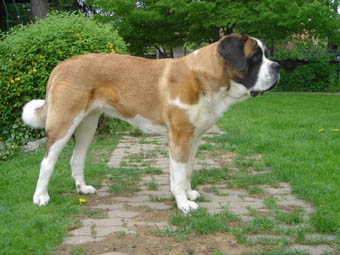
Shorthair Male Shorthair Female
The St Bernard originally was one of the big dogs of Switzerland, which always were used as working dogs on the farms, but by now, because of its good personal trait, he became a family dog. These dogs are known for their loyality, vigilance and for being very fond of children. The expression of his eyes are intelligent, friendly and soulful and it is in his nature to be peaceful and imperturbable. The male dogs are more imposing and the bitches are more affectionate and thus maybe the better family dogs.
History
But they have their origin in the mountains of Switzerland and were formerly the sheepdogs of the farmers there.
The history of this race always was connected with the big hospice at the St.Bernard pass. Since the 17th century exist reports of the presence of this dogs at the hospice and since that, they are the loyal companions which share the hard lot of the monks there. Their inclemency of the weather, like of blizzards or avalanches has saved a lot of travellers at the pass.
Only the famous Barry I (1800-1812) saved more than forty people.
Formerly the St Bernard had to work for the farmers of the valleys,
too.They were used as watchdogs, to protect the houses and farms, they
guarded the locks and they were roped in.
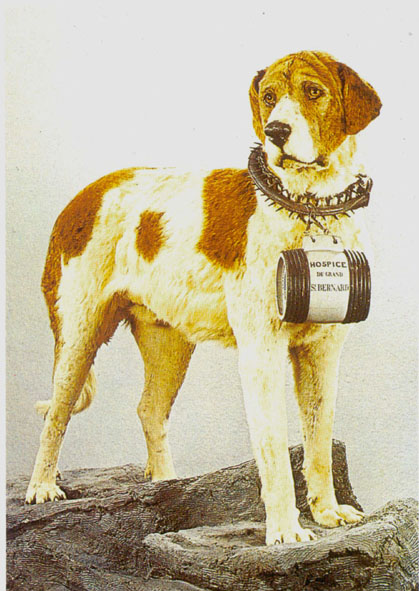
Barry I.
Their name "St Bernard" came into use towards the mid 19th
century. Before that they were called hospice dogs, Barry dogs, saint
dogs, Alpenmastiff or St Bernard mastiff, in North America they are
still called "Saints".
Breeding
